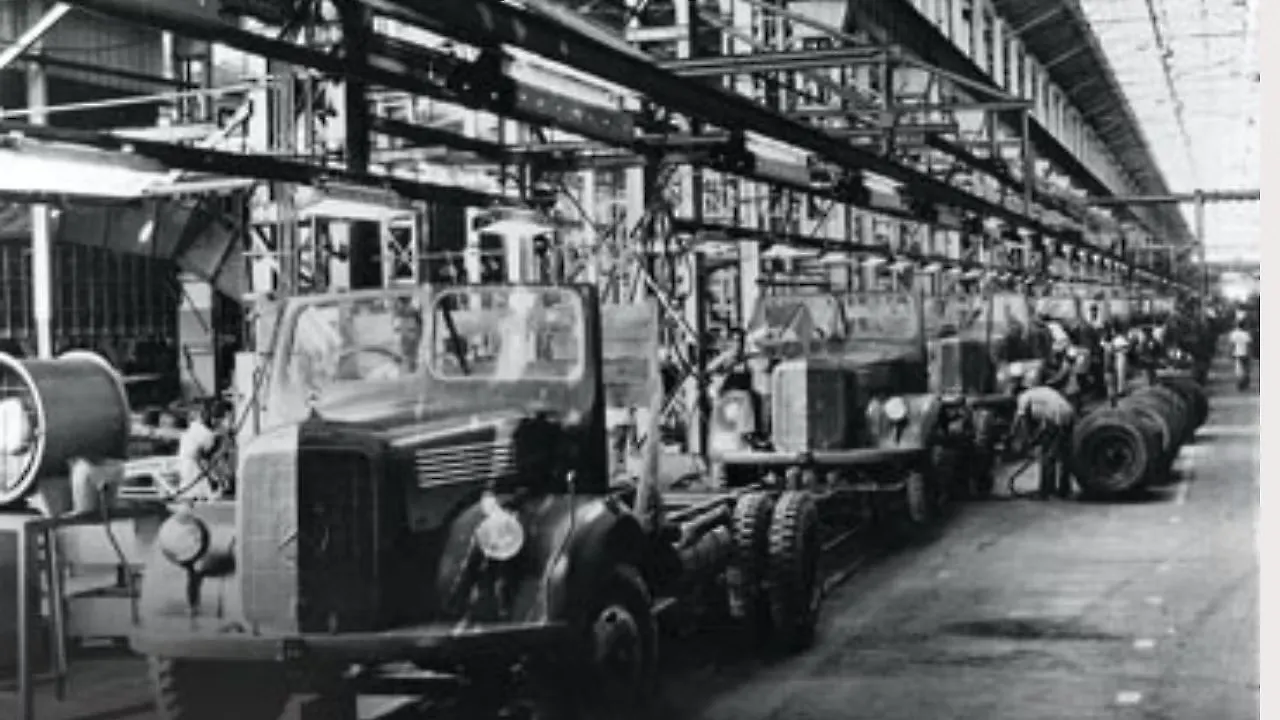
This writer hails from Singaperumal Koil, a tiny temple village on the Chennai-Trichy national highway. Sandwiched between the swanky Mahindra World City and the now defunct Ford plant, the village has changed beyond recognition.
If a car was a rare sight in former times, a two-wheeler was a luxury preserved for a select few. Today, Singaperumal Koil is home to high-rise buildings and latest car brands while two-wheelers are a common sight across households.
The dramatic transformation of this village pretty much reflects the huge change happening across the Indian automotive landscape and puts in perspective why the country is now the third largest producer of cars, only after China and the US.
Indians have become more aspirational thanks to higher incomes and a growing desire for personal mobility. Across different layers, these wants translate into purchases of different categories of SUVs, cars, motorcycles and scooters.
Recognising the importance of the automotive industry, the Centre and different States have taken a number of initiatives to fuel its growth especially in the arena of electrification. The auto sector contributes to 46% of manufacturing GDP and 7% of national GDP while providing direct employment to 1.5 million people.

It has been a remarkable transformation from over seven decades ago when a recently liberated nation only had a handful of brands such as Hindustan Motors, Mahindra & Mahindra, Premier Automobiles and Telco (the present Tata Motors). Post-Independence, the need to build an internal ecosystem for automotive components and vehicles led to the creation of the Tariff Commission in 1952.
In The Wilderness
Far from helping the industry, it proved counterproductive and ended up spawning a highly restrictive domain. By 1954, Ford, General Motors and other brands shut shop leading to some kind of isolation of India from other markets. Local companies, in turn, faced limitations on capacity and selling prices but this did not deter the emergence of the iconic Ambassador and Fiat models from the alliance with Premier Auto. Other local brands from the stable of Standard Motors in Chennai also had a good run during these years.
The 1980s, however, began to usher in change when the Centre teamed up with Suzuki Motor Corporation to create Maruti Udyog. This paved the way for an era of modern technology and new manufacturing processes. Maruti Udyog also helped lay the foundation for a robust supplier ecosystem which would get stronger in the years to come.
The effect on customers was electrifying and the number of vehicles sold doubled from a little over 46,000 units in 1980 to 100,000 units in 1985 and further to 200,000 units in 1989. The 1990s marked the historic era of economic reforms and the entry of multinational carmakers with the passing on of the“Licence Raj”.

The likes of Hyundai, Ford, Peugeot, General Motors, Fiat, Honda, Mercedes-Benz, Daewoo, Renault-Nissan, Toyota etc announced their arrival with luxury brands like BMW and Audi following suit. Maruti Suzuki continues to be the monarch of the market with Hyundai being its closest challenger.
Over the years, there have been prominent exits like Ford, GM and Daewoo while PSA, the maker of the Peugeot brand, has made a return albeit with the Citroen brand.
The industry is also going through a host of new challenges now fashionably referred to as the era of mobility disruption. Electrification is now the calling card for carmakers and green vehicles are the new norm.
Paradigm Shift
Beyond this, artificial intelligence (AI) is clearing the way for smart cars while a paradigm shift is underway in technology induction, fuel use, safety standards and the like. “India's automobile sector has been a cornerstone of nation-building, fostering technological innovation, generating employment, and driving economic growth. The industry's transformation from assembling vehicles to leading in research, development and manufacturing mirrors the country's rise on the global stage,” says Raghavendra Vaidya, Managing Director and Chief Executive Officer, Daimler Truck Innovation Centre India.
According to him, his company has been “fortunate to bear close witness” to this journey and work on advanced technologies and expertise in shaping the vehicles of tomorrow. The current shifts in the automobile industry towards autonomous, electric, and software-based vehicles go hand-in-hand with India’s own vision of a digital, sustainable future.
“India’s immense technology talent pool is a key to realising that vision, and the increased focus on building local centres of innovation is a great way to tap into the country’s creative potential,” adds Vaidya. Going forward, the country is well poised to take its auto growth story to the next level even while it has to grapple with geopolitical tensions and growing volatility worldwide.
Also Read: